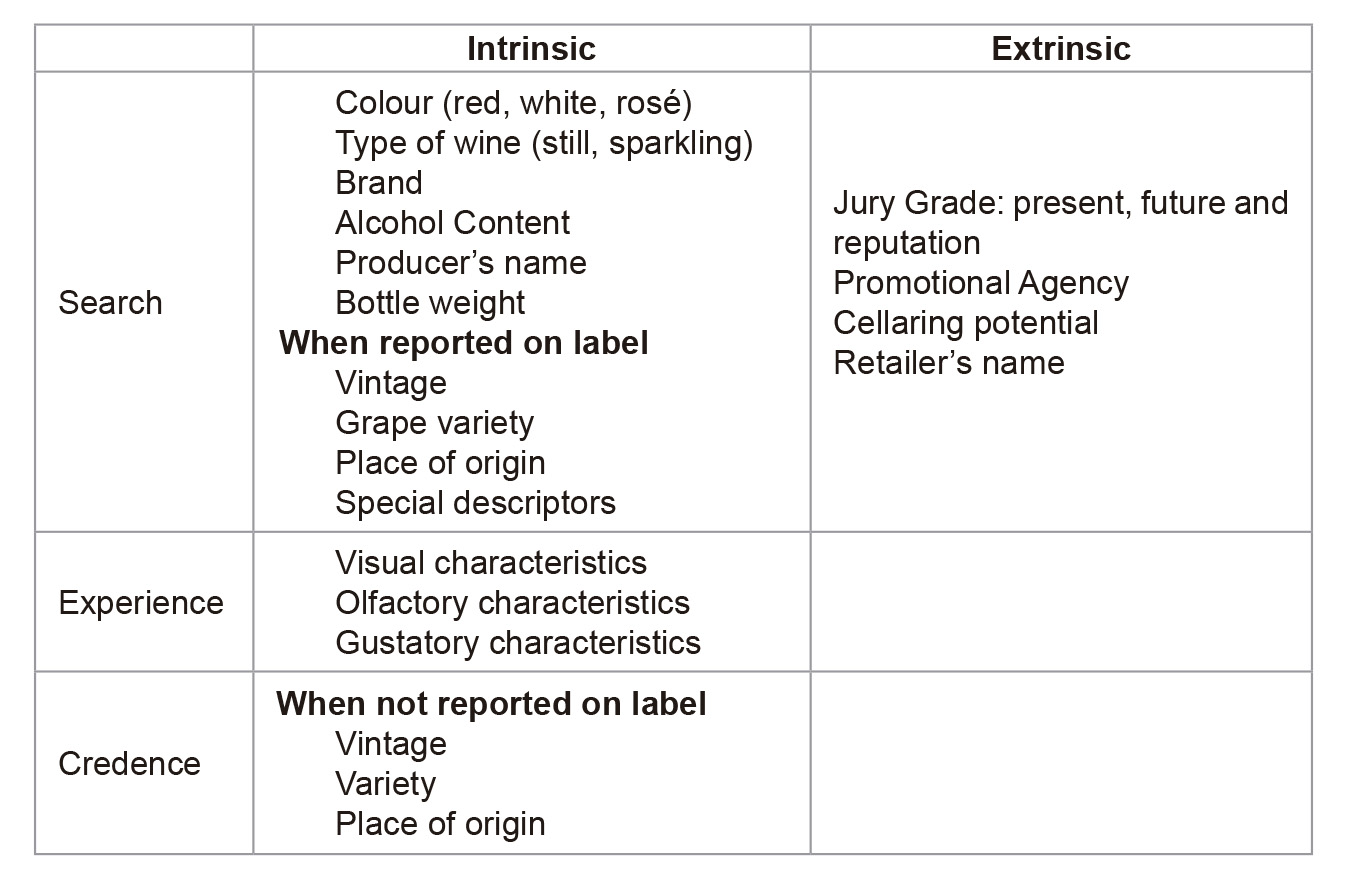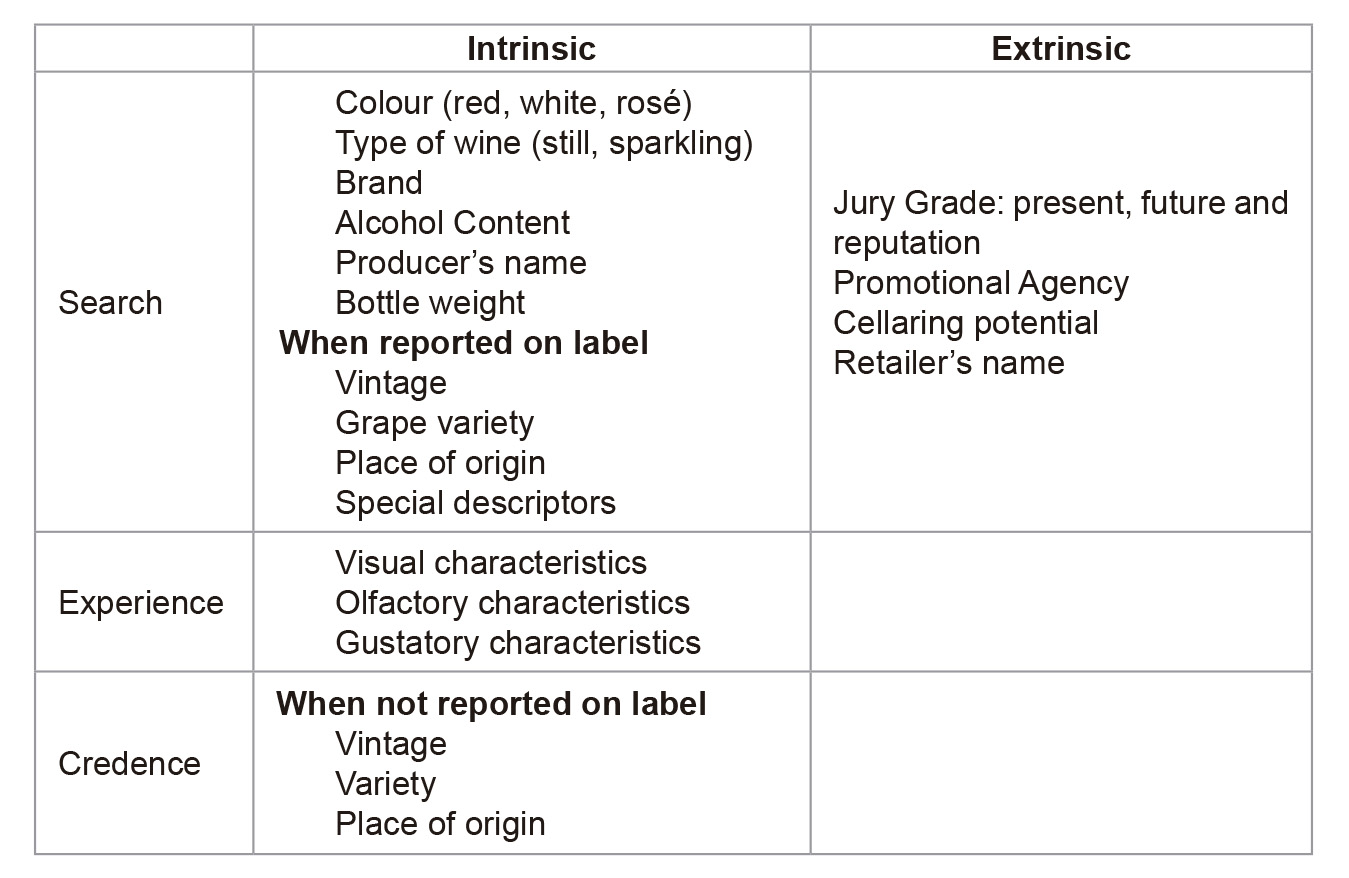The wine hedonic price models in the "Old and New World": state of the art
Keywords:
hedonic price model, wine, implicit pricesAbstract

The basic hedonic hypothesis is that goods are valued for their utility-bearing characteristics and not for the good itself. Each attribute can be evaluated by consumers when making a purchasing decision and an implicit price can be identified for each of them. Thus, the observed price of a certain good can be analyzed as the sum of the implicit prices paid for each quality attribute. Literature has reported hedonic models estimates in the case of wines, which are excellent examples of differentiated goods worldwide.The impact of different wine attributes (intrinsic or extrinsic) on consumers’ willingness to pay has been analyzed with dissimilar results. Wines coming from "New World" producers seem to be appreciated for different attributes than wines produced in the "Old World". Moreover, "Old and New World" consumers seem to value differently the wine’s characteristics. To our knowledge, no cross country analysis has been done dealing with "New World" wines in "Old World" countries, leaving an important gap in understanding underlying attributes influencing buying decisions.
Downloads

Downloads
Published
How to Cite
Issue
Section
License

This work is licensed under a Creative Commons Attribution-NonCommercial-ShareAlike 3.0 Unported License.
Aquellos autores/as que tengan publicaciones con esta revista, aceptan las Políticas Editoriales.










.jpg)




